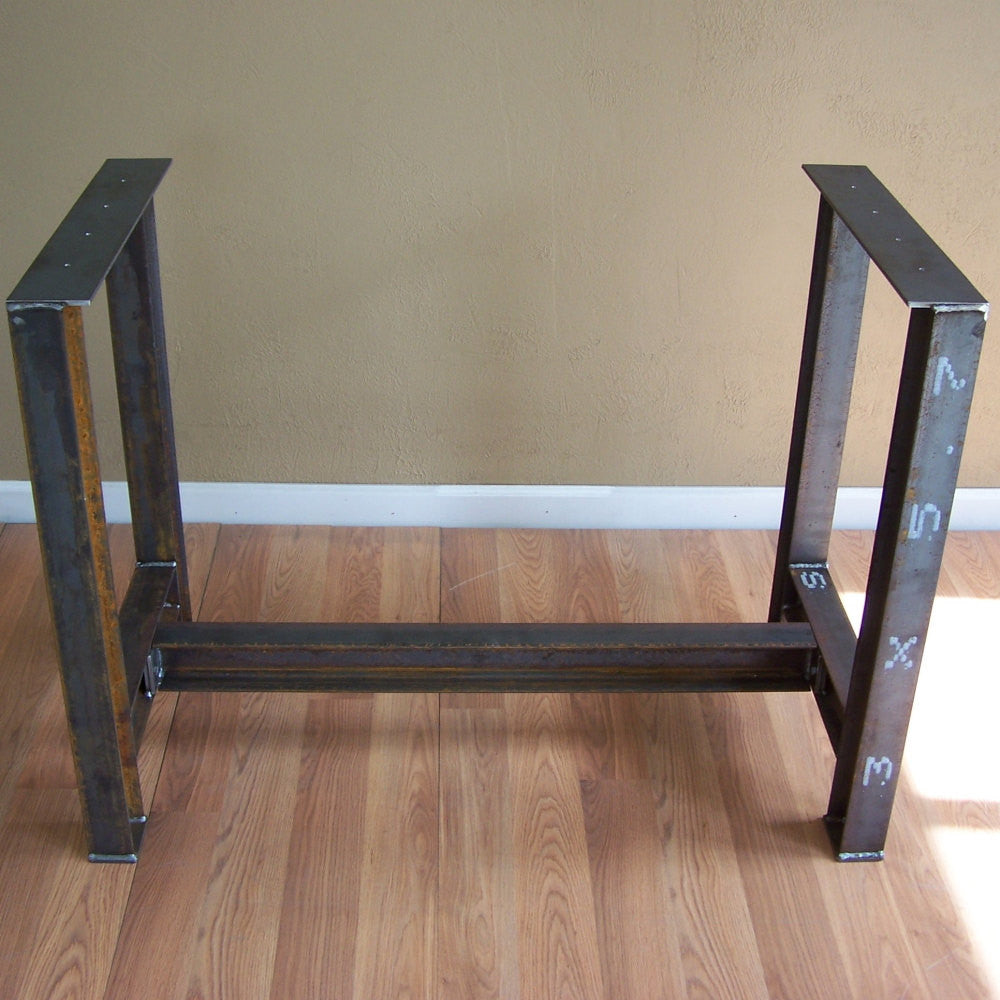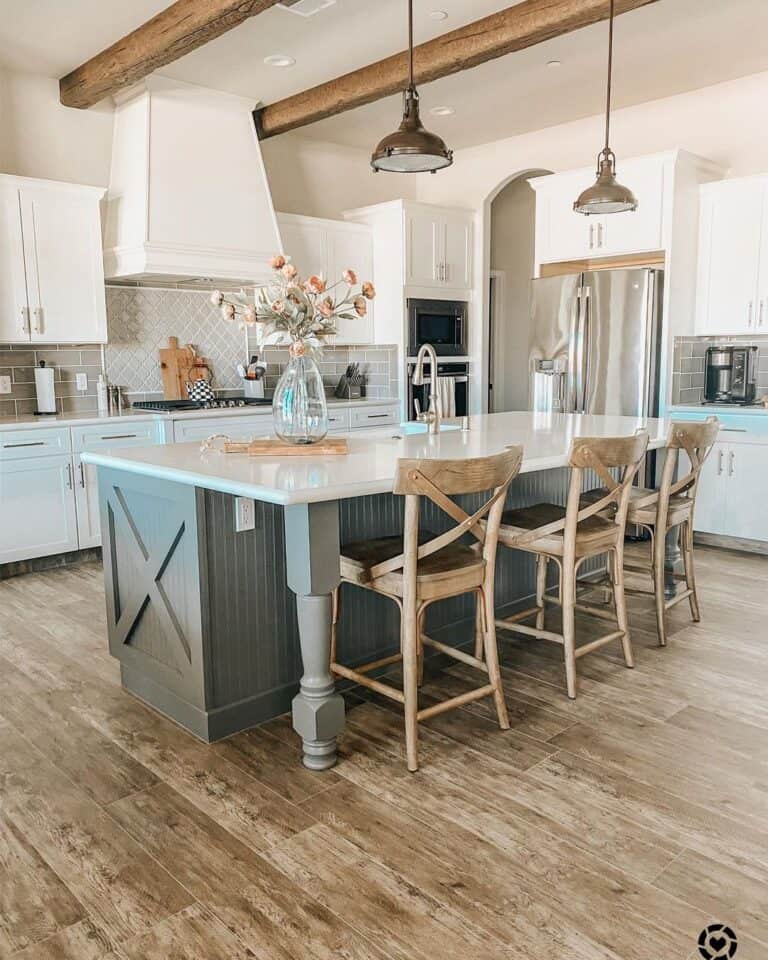Long Lasting and Fashionable Selections for High-Quality Legs For Kitchen Island
Checking Out the Various Designs of Legs For Kitchen Island: What You Required to Know
In the realm of cooking area layout, the choice of legs for your island is even more than a mere aesthetic choice; it considerably influences both style and practicality. Industrial styles can pass on a tough personality, while rustic farmhouse legs stimulate a sense of heat and custom.
Modern Metal Legs
Modern steel legs have actually become a prominent choice for kitchen islands, providing both longevity and a smooth visual. These legs are usually crafted from products such as stainless steel, aluminum, or functioned iron, making them resistant to deterioration, which is crucial in a high-traffic location like the kitchen. Their robust construction ensures security, suiting the weight of hefty countertops and daily use.
Along with their toughness, modern metal legs can be found in different designs, from minimal to industrial designs, allowing home owners to customize their cooking area islands to their distinct preferences. The reflective surface areas of steel can add a contemporary touch, improving the general brightness of the kitchen area space. Steel legs can be matched with a large range of counter top materials, integrating perfectly with granite, quartz, or even redeemed wood.
Another benefit of steel legs is their convenience of maintenance; they can be just cleaned down to remove any type of spills or stains, making certain durability and sanitation. In general, contemporary steel legs not just give architectural support for cooking area islands but also contribute significantly to the aesthetic charm, making them a popular option for modern cooking area styles.
Standard Timber Legs

Conventional timber legs can take different kinds, consisting of transformed, tapered, or square designs. Square legs offer a robust appearance, which can create a sense of stability and weightiness in the style - Legs For Kitchen Island.
In addition, timber legs can be tarnished or repainted to match existing kitchen cabinetry or décor, offering personalization alternatives that boost the total visual of the cooking area. Coupling these legs with a timber kitchen counter or various other wood components can produce a natural look, highlighting the warmth and character that traditional wood brings to kitchen islands. Thus, traditional timber legs continue to be a classic option for those seeking style and performance in their kitchen area style.
Industrial Style Legs

The convenience of commercial legs permits them to complement a selection of counter tops, from redeemed timber to polished concrete. Their integral stamina makes sure longevity, making them ideal for durable use. In addition, the minimalist layout frequently connected why not try this out with commercial style legs can improve the overall room without overwhelming it.
Color alternatives usually range from matte black to cleaned nickel, permitting customization to match individual preferences. Legs For Kitchen Island. Commercial legs can be incorporated right into different kitchen area setups, from open-concept spaces to more small layouts. This versatility makes them an appealing option for contemporary home owners seeking both performance and style. Ultimately, industrial style legs can transform a kitchen island into a declaration item, marrying form and function in a harmonious manner.
Rustic Farmhouse Legs
Rustic farmhouse legs personify a charming mix of custom and heat, making them a prominent option for cooking areas that seek to stimulate a relaxing, inviting atmosphere. Identified by their tough construction and natural products, these legs frequently feature timber with a distressed surface, showcasing the charm of imperfections that comes with age. This aesthetic not only strengthens the farmhouse design yet likewise adds character and credibility to the cooking area room.
Usually, rustic farmhouse legs are created with robust, beefy accounts that offer considerable assistance for the kitchen area island. Typically crafted from reclaimed timber, they add to a sustainable layout while using a special tale via their different textures and tones. The natural grain patterns and knots located in these materials enhance the aesthetic allure and bring a feeling useful source of nature inside your home.
Along with their aesthetic value, rustic farmhouse legs can be matched with numerous tabletop products, such as butcher block or rock, developing an unified balance between rustic beauty and modern-day functionality. This versatility enables home owners to tailor their cooking area islands according to individual preferences, making certain that the space remains both trendy and useful for daily usage.
Distinct Ornamental Legs
Regularly overlooked, distinct ornamental legs can change a basic kitchen island into a statement item that shows specific design and creativity. you could try here These legs serve not just as architectural assistances however likewise as creative expressions that enhance the total visual of the kitchen.
Readily available in a variety of styles, special attractive legs can vary from complex functioned iron scrollwork to frankly turned timber patterns. For those leaning towards an extra contemporary look, smooth steel legs in geometric forms can give a minimal yet captivating allure. Conversely, recovered wood legs with artisanal describing bring warmth and character, lining up with lasting layout concepts.
Including unique ornamental legs right into your cooking area island permits limitless personalization. Color, texture, and form can be manipulated to balance with existing style or to introduce an interesting contrast. Combining a rustic wooden top with refined brass legs produces a striking association that attracts the eye.
Eventually, picking unique attractive legs is a possibility to reveal personal preference while making certain functionality. By prioritizing both design and resilience, house owners can produce a cooking area island that not only stands out but likewise acts as a sensible centerpiece for culinary endeavors.
Final Thought
Modern metal legs offer a smooth appearance, while typical wood legs offer warmth and character. Industrial-style legs introduce a metropolitan allure, and rustic farmhouse legs highlight all-natural elegance and sturdiness.
A variety of traditional wood legs can boost the appeal and heat of cooking area islands, appealing to homeowners that favor a timeless visual. Pairing these legs with a wood counter top or other wooden aspects can produce a cohesive look, highlighting the warmth and character that conventional wood brings to kitchen islands. Modern metal legs provide a sleek appearance, while typical timber legs use heat and character. Industrial-style legs introduce an urban appeal, and rustic farmhouse legs highlight all-natural charm and sturdiness. Unique decorative legs offer as a method of customization, making sure that the kitchen area island not only supports sensible usage however also enhances the total style of the kitchen area.